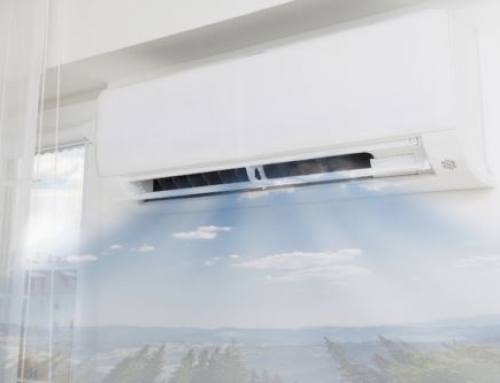08/08/2016
Most people are aware of how harmful outdoor air pollution like car emissions can be, but they don’t realize that the air inside the typical home might be more polluted—contingent on actual circumstances, it can be up to five times more. Things have become so bad, the EPA has indoor air pollution ranked as a top five environmental danger. Mold, pollen, pet dander, radon and even formaldehyde are commonly found inside. Since Americans spend an average of 90% of their time indoors, superior indoor air quality is a necessity for good health, regardless if it’s in our homes or our workplaces. To help handle this pollution and increase our indoor air quality, we can take several measures. But first, we need to absorb some lingo consistently used to discuss indoor air quality.
HEPA
HEPA is a term most people have heard or seen, but did you know it stands for “high-efficiency particulate air” or “high-efficiency particulate arrestance”? HEPA filtration systems are created—and certified—to confine at least 99.97% of .3-micron particles (tinier than the diameter of a human hair) from the air that moves through the system. This drastically increases your home’s indoor air quality when dust, pollen, mites and other contaminants are destroyed.
MERV
Minimum efficiency reporting value or MERV expresses the effectiveness of an air filter. With rankings ranging from 1–16, you should look for a top rating that specifies the filter will filter more contaminants and allergens from your air without restricting the airflow of your home comfort system. Ask us which MERV-rated filter will work best for your home.
At All Seasons Comfort Systems Inc, we can help you understand the importance of indoor air quality and help you work on breathing the best air possible. After all, the typical adult takes in about 11,000 liters of air each day. Give us a call at 417-739-4606 if you have any questions or concerns about your home comfort system or schedule an appointment with us online.






